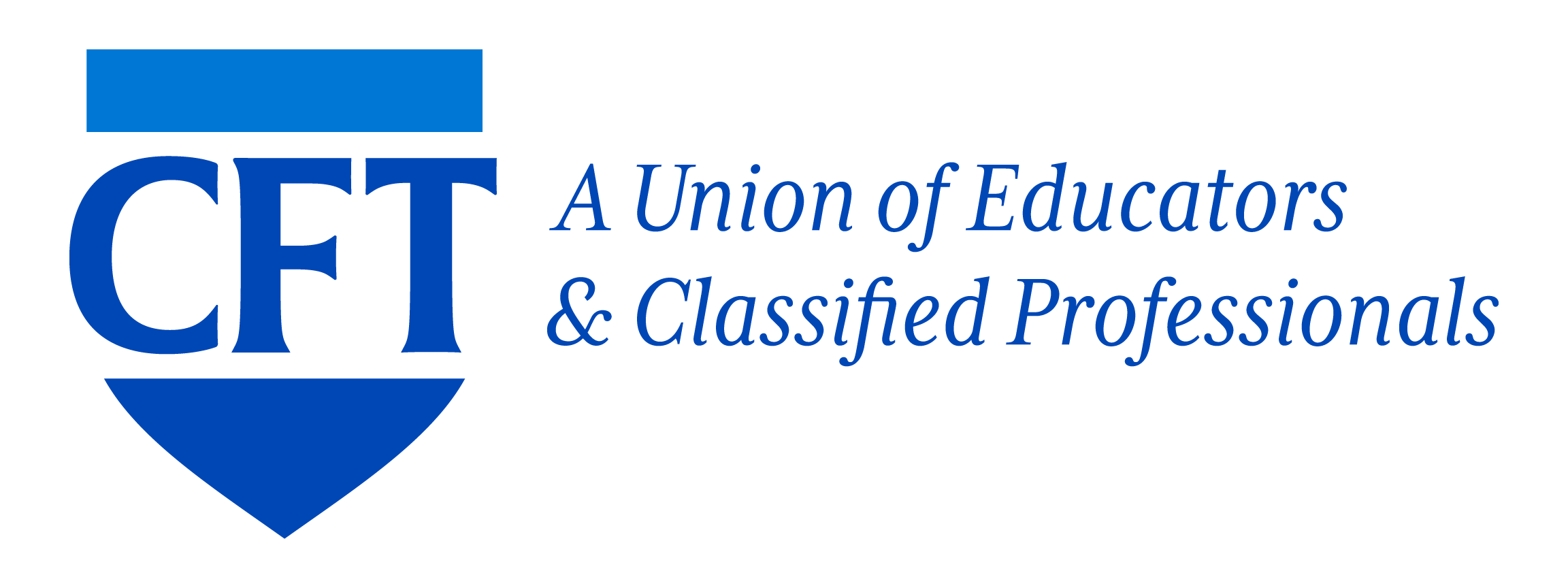If an African American male student is suspended, there’s a 90 percent chance he’ll end up in prison some time in his life. In 2013-14, there were half a million suspensions in California schools, many those of black and brown children. These statistics make equity in education one of the great civil rights struggles of our time, said Ali Cooper, the executive director of the Restorative Schools Vision Project.
By using the principles of restorative justice — offering reconciliation with the victims and listening to what children have to say — rather than pure punishment, union educators can make their classrooms places of collaboration and accountability rather than blame and anger, say Cooper and Stella Connell Levy, the founder and president of the Vision Project. The two presented a workshop at the CFT Convention in March.
One of the reasons for using this practice with K-12 students is to disrupt “the school-to-prison pipeline,” where kids — mostly poor and non-white — are pushed out of school into the criminal justice system through expulsions or suspensions for minor infractions and school-based arrests. This is not only damaging emotionally, Cooper and Levy said, but costly as well, with our state spending around $50,000 a year to incarcerate an individual, opposed to $8,000 to educate her.
Workshop participants discussed how classified staff and teachers can play key roles in listening to children and making them feel part of a community. Several people who have been using restorative justice techniques in their classrooms — with circles and mediation — said they had seen a big difference over time in the culture of the school as students felt listened to rather than isolated.
Levy showed the differences between retributive justice and restorative — that the offender plays a passive role and is stigmatized under the traditional system, for example, whereas under the restorative justice model, he plays an active role in making amends and is not labeled. Other differences include that in the retributive approach, the focus is to remove the offender from school rather than repair the harm done, and he is not given much chance to show remorse in contrast to restorative justice where forgiveness and apologies are encouraged and the focus is on repairing relationships.
Circles are a significant part of building those relationships, Levy said. She talked about the three kinds of circles — community building, learning, and peace-making. These work as ways for children to talk about what’s going on with them, she said.
“Circles are democratic spaces,” she said. “They’re safe and nonjudgmental.”
Levy and Cooper also talked about legislation they are working on in Sacramento — AB 2489 (McCarty, D-Sacramento), which would require the State Department of Education to develop a standard model to implement restorative justice practices at schools, as well as AB 2698 (Weber, D-San Diego) which calls for changing the culture on campuses through restorative justice to make the culture more comfortable for students as well as the adults working there.
A restorative justice program makes things better for classified and certificated staff as well as the children, said Levy, who started her career as a labor lawyer. She’s pro-worker, not just pro-student, she said, and sees restorative justice as a way to improve things for all school workers.
“Going into a school, we would see that it’s not just the kids who are depressed — it’s the teachers and staff too,” she said. “We start with what we already do and celebrate what’s right, and then we have energy to work at changing what’s wrong.”
— By Emily Wilson, CFT Reporter
